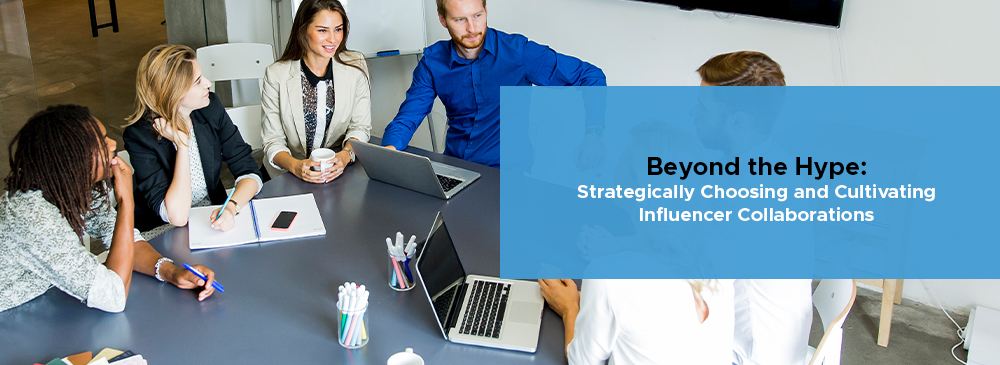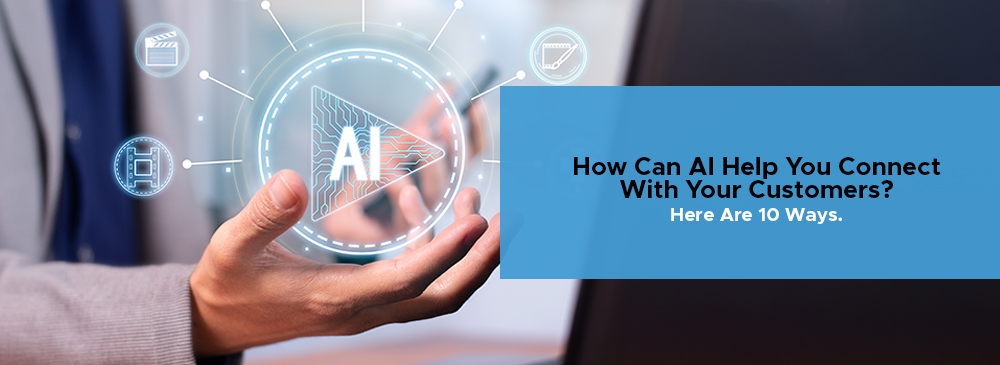In this blog, we’ll take a look at the impact of “gamifying” in modern marketing, but first we have to lay the groundwork by explaining the fundamental concept of Marketing Development Tools (MDT). MDTs are creative and strategic endeavors, and gamification is at their core.
The Gamification Paradigm is an inevitable shift in marketing as users embrace more interactive, fun ways to engage with brands. So let’s learn how you can embrace the concept of gamification in your marketing, and explore how it taps into human psychology.
Key Components of Gamification in Marketing
Let’s look at the key components that make gamification a game-changer in modern marketing strategies. From points and rewards to badges and interactive challenges, each part contributes to an ecosystem that increases audience participation and transforms ordinary interactions into memorable experiences.
Points and Rewards: The Currency of Engagement
Points and Rewards motivate engagement. Starbucks Rewards is one example. Customers earn points for every purchase, unlocking free drinks and exclusive offers. While this concept is not exclusive to the much-loved coffee chain, achieving Gold status and the benefits it brings serve as motivation for many customers. The rewards create a sense of value and encourage repeat business.
Badges and Achievements: The Path to Recognition
Badges and achievements showcase the achievements of users. Just like what Fitbit is doing. Users earn badges for reaching fitness milestones, creating a sense of accomplishment and recognition within a community of health enthusiasts.
Interactive Challenges: The Heartbeat of Engagement
Explore the significance of interactive challenges using the example of Nike’s Run Club app. The app encourages users to set and achieve running goals, participate in challenges, and share their achievements, creating a vibrant community around the brand, and making what could be a mundane workout more enjoyable and challenging.
Leaderboards: Fostering Healthy Competition
Leaderboards cultivate a competitive atmosphere, like the one from Strava. This fitness app allows users to compete with others in real time, promoting healthy competition and camaraderie among athletes striving for the top spot.
MDT: Gamification through Interactive Challenges
Quizzes and Assessments: Knowledge as the Ultimate Reward
Explore how quizzes enhance engagement like the one from Buzzfeed. Their quizzes, with results of whether you’re a Hufflepuff or a Slytherin often shared on social media, provide entertainment while in the background, collecting user preferences and behaviors, contributing to a personalized content experience.
Contests and Competitions: Fostering Creativity and User-Generated Content
Examine the impact of contests like Red Bull’s “Photo of the Day” contest. By encouraging users to submit their action photos, Red Bull not only fosters creativity but also generates authentic user-generated content that promotes their brand lifestyle.
Scavenger Hunts: Blending the Physical and Digital Worlds
The innovation of scavenger hunts in the digital age was led by Pokémon GO. The mobile game used augmented reality to blend the digital and physical worlds, creating an immersive scavenger hunt experience that captivated millions of players.
Augmented Reality (AR) Experiences: Bridging Realities
A worthy highlight is the awesome AR from IKEA Place. The app allows users to visualize how furniture will look in their homes using AR, creating an interactive and personalized shopping experience. Brilliant!
Story-driven Challenges: Crafting Narratives for Engagement
Narrative-driven challenges raise engagement. Fortnite’s in-game events are doing just that. They evolve storylines and challenges that create anticipation, encouraging players to stay and see how the narrative unfolds.
Benefits of MDT: Gamification in Marketing
Now that we’ve explored smoe of the different types of gamification that can be used in marketing, we need to examine what benefits it can bring to your brand.
Increased Engagement: Beyond the Numbers
A great example of boosting interatcion is how Spotify’s personalized playlists demonstrate qualitative engagement. By curating playlists based on user preferences and behaviors, Spotify engages users emotionally, creating a more profound connection beyond listening metrics.
Brand Loyalty: From Customers to Advocates
Brand loyalty is evident from Apple’s ecosystem. The seamless integration of Apple products and services creates a loyal customer base that not only sticks with the brand but becomes advocates, leading to the recommendation of Apple products to others and being first to get their hands on the latest device release. That type of loyalty is priceless!
Data Collection: Insights from Gamified Interactions
Look at data-driven insights from Amazon. The e-commerce giant collects and analyzes user data to offer personalized recommendations, creating a more targeted and engaging shopping experience. Imagine what you could do with those types of insights into your customers and potential customers.
Social Sharing: Amplifying Brand Reach
Remember the ALS Ice Bucket Challenge? The gamified challenge not only raised awareness for ALS but also demonstrated how user participation and social sharing can exponentially amplify the reach of a cause or, by extension, a brand.
Memorable Experiences: Beyond Transactions
Disney’s MagicBand highlights memorable experiences. The wearable technology enhances the theme park experience, creating a seamless and personalized journey that goes beyond the transaction of ticket sales.
To elaborate further, have a look at the the success of “Nike Training Club (NTC) Challenges”
First, they introduced the fashion retailer’s background and objectives. For instance, a Manila-based fashion retailer aims to boost online engagement and sales among the 18-35 age group of fashion enthusiasts.
Then they detailed the month-long “Nike Training Club” challenge; and explained how it involved daily fashion challenges, virtual runway contests, and other engaging activities, creating an immersive experience for participants.
They broke down the specific gamification elements employed in “Nike Training Club” such as points for challenges, badges for milestones, and leaderboards showcasing top participants then justified how these elements contributed to its overall success.
So what were the results? A 30% increase in website visits, heightened social media engagement, and a significant boost in sales during the campaign period; connected these outcomes directly to the gamified elements implemented in “Nike Training Club”
Crafting Your Game Plan for Success
Now that we’ve explored the world of MDT: Gamification and dissected successful examples, it’s time to craft your game plan for success.
- Outline clear objectives for your campaign. Are you aiming to increase brand awareness, boost sales, or enhance customer loyalty? Additionally, define your target audience. Understanding your audience’s preferences, behaviors, and motivations is crucial for tailoring gamified experiences that resonate.
- Select gamification elements that align with your brand and campaign goals. Points and rewards, badges, leaderboards, and interactive challenges are versatile components that can be tailored to various industries and audiences. Consider the nature of your products or services and how gamification can enhance the overall customer experience.
- Craft challenges that are not only entertaining but also relevant to your brand. Consider quizzes, contests, scavenger hunts, or story-driven challenges. These challenges should resonate with your audience, creating a seamless integration with your brand narrative.
- Develop a points and rewards system that motivates users to actively participate. Define how users can earn points, set milestones for achievements, and offer tangible rewards that hold value for your audience. The rewards could range from exclusive content and discounts to physical products.
- Encourage users to interact with each other. Leaderboards, shared achievements, and user-generated content contribute to a sense of community. Social sharing should be easy, allowing participants to post their accomplishments on various platforms.
- Use the data collected through interactions to personalize user experiences. Understand user preferences and behaviors to offer targeted recommendations and tailored content. Personalization enhances engagement by making users feel seen and understood.
- Implement analytics tools to track the performance of your gamified campaigns. Monitor metrics such as user engagement, completion rates, and social sharing. Analyze the data to gain insights into what worked well and areas that may need improvement.
- Based on the insights gathered, iterate and improve your gamification strategy. Be open to feedback from users and make adjustments to enhance the overall experience. Continuous improvement makes sure that your gamified campaigns stay fresh and relevant.
Remember, gamification is a dynamic strategy that evolves with user preferences and industry trends. Stay innovative, embrace creativity, and let the principles of MDT: Gamification be the driving force behind your marketing success. Whether you’re a local business or a global brand, you can level up your marketing strategy and turn engagement into tangible conversions and most importantly, brand loyalty! If you need to gamify your brand, but you don’t know where to start, give us a shout-out on our TWLV20 socials or shoot us an email. Let’s raise your brand to another level!



